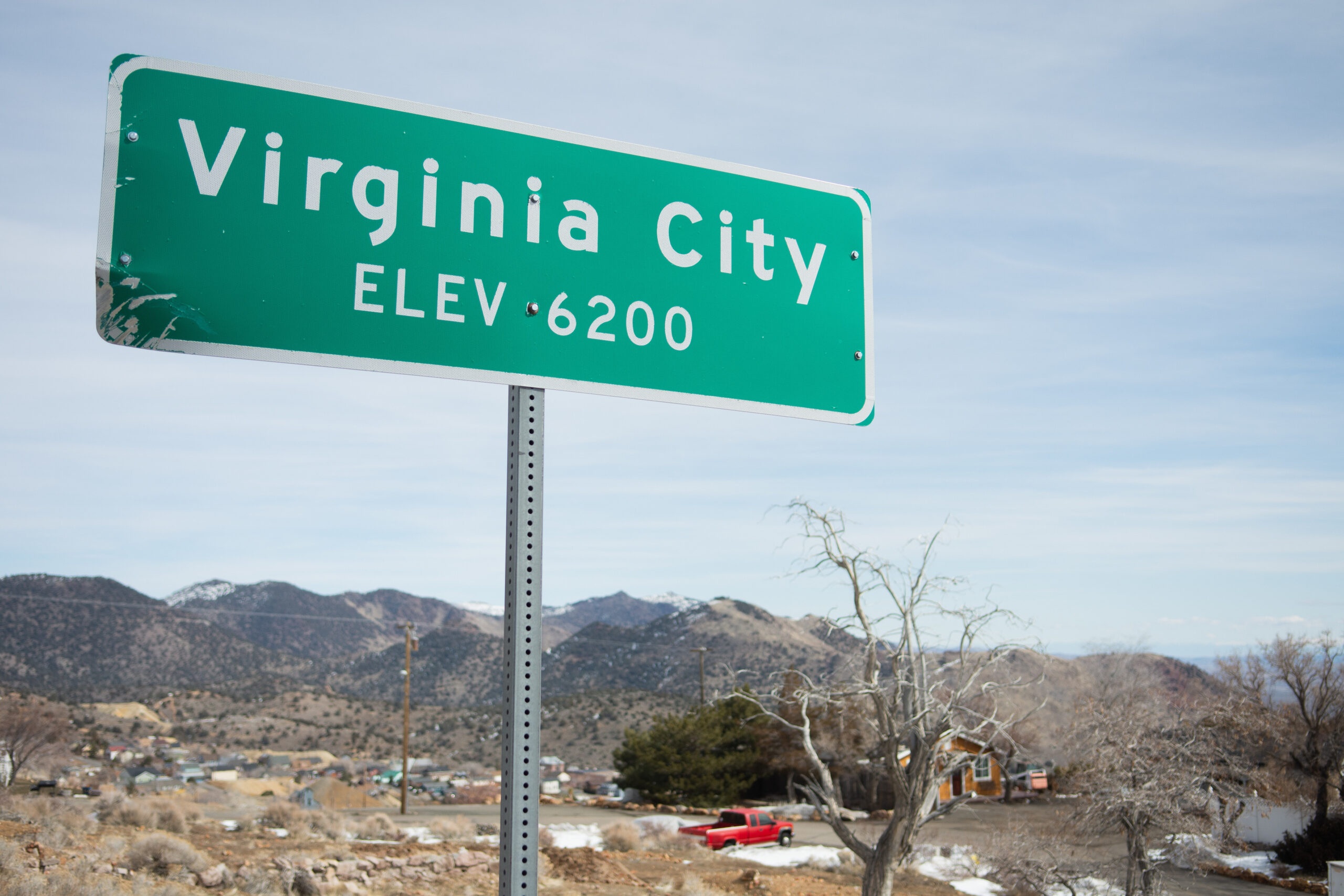About half a block away from where a now-viral TikTok was filmed showing racist harassment against a Black man sits a state historical marker titled “African Americans and the Boston Saloon.”
It details the story of William A.G. Brown — a freeborn Black man who, between 1866 and 1875, operated the Boston Saloon, one of the mining boomtown’s best known taverns. Decorated with intricate gas lamps and crystal goblets, the saloon offered an upscale atmosphere that contrasted the stereotypical image of a seedy saloon — even recognized by figures such as Mark Twain.
Though the Boston Saloon burned down in 1875, the sign serves as a reminder of the rich history of African Americans in the development of Virginia City and the key role they played in the early history of Nevada.
Virginia City was home to the first sizable Black population in Nevada. The 1859 discovery of the Comstock Lode — the largest silver strike in U.S. history — led to a population boom in Nevada, which up until then only had a few thousand inhabitants. Like other demographic groups, Black immigrants flocked from the north and south. By 1860, all of the 44 Black Americans in Nevada resided in the region, and by the 1870s, about 100 lived there, according to U.S. Census data.
Historians note that Nevada’s early Black history often goes ignored, overshadowed by the end of the Civil War and President Abraham Lincoln’s assassination — both which occurred after the state was founded in 1865.
UNLV history professor Michael Green calls the story of Black Americans — who mostly lived around Virginia City — in the early days of Nevada statehood one of “integration, marginal survival and occasional success.”
“You are seeing this effort to integrate the West into American society in a way that had not really been possible before,” said Green.
Although most worked as laborers or in service jobs, some of the most esteemed Black figures in the state called Virginia City home. It housed the state’s first black doctor, W.H.C. Stephenson, and civil rights leader George D. Cottle, who formed a political committee that fought for Black equality.
But even as new African American settlers established Nevada’s first Black Baptist Church and first African Methodist Episcopal Church in Virginia City, the state was no oasis of racial harmony.
“De facto segregation” was abundantly present in Virginia City, despite there being no formalized segregation laws. The city’s Black population was mostly concentrated downtown, alongside blue-collar and sex workers. While they were ornate, the rise of Black-owned establishments such as the Boston Saloon demonstrated the ever-present existence of racial bias.
Even pre-statehood, many enslaved Black people passed through the state on their way to California, according to Claytee D. White, director of UNLV’s Oral History Research Center. According to the 1860 Census, a handful of enslaved people lived in the state.
“Slavery moved into the West as slave owners tried their hand at California gold mining by 1852,” she said. “Many enslaved people came out here before Reconstruction with their owners at that time.”
Although the Nevada Territorial Legislature passed a measure banning slavery in 1861 — its very first session — that same year they banned Black people from marrying white people, voting or testifying in court. Nevada was later nicknamed “the Mississippi of the West” for its racist attitudes.
As for Virginia City, the boom did not last long.
By the 1880s, it became essentially a ghost town after the collapse of the mining industry, with the city’s Black population also tumbling down. In 1900, census records showed only nine Black people in the surrounding county. Today, only 12 Black people live there, according to the latest census data.
Although Virginia City remains a small town of about 3,000 people today, it played an outsized role in the state’s early history, ushering wealth and thousands of people into the state. From its glitz to its laissez faire attitudes, Green contends that in some ways, Virginia City is a microcosm of Nevada’s broader history and culture.
“Amid Virginia City’s history is Nevada’s tradition of contradiction,” Green said.

